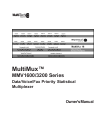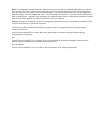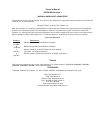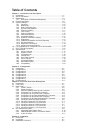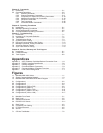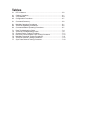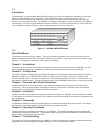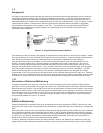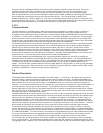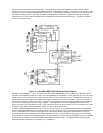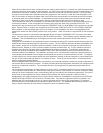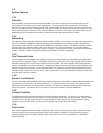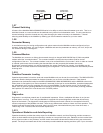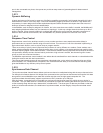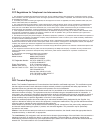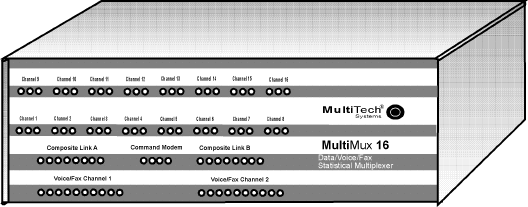
1.1
Introduction
Congratulations! Your new MultiMux MMV1600/3200 series is one of the finest statistical multiplexers on the market
today. The MMV1600/3200 series high speed Priority Statistical Multiplexer (PSM) supports up to 16 or 32
asynchronous input channels, two synchronous composite links or a synchronous composite link and a sync data
channel, and two voice/fax channels. The MultiMux is completely software driven and is controlled by you through its
command port. This gives you great flexibility and ease of operation. This Owners Manual will help you to install and
use your MultiMux, and also provide you with a valuable information resource in the future.
Figure 1-1. MultiMux MMV1600 Series
1.2
About This Manual
This manual is comprised of eight chapters. There are also several appendices at the end of the manual, most of
which is a condensed version of the information contained in the chapters. These appendices can be used as a quick
reference. The information contained in each chapter is as follows:
Chapter 1 - Introduction
This chapter is an introduction to the world of multiplexing. Since you have already acquired the MultiMux, you may
have an extensive background in multiplexing. In which case, this introduction will provide a good review.
Chapter 2 - Configuration
This chapter defines the configurations of the MMV1600/3200 series and provides some typical examples of how the
MultiMux is configured. The MMV1600/3200 series is available in several models; 16 and 32 channel units with
internal command modem, composite link digital service units (DSUs) supporting synchronous communications, and
two optional voice/fax channels. The typical examples explain how the MultiMux can be used in various environments.
Chapter 3 - Front and Back Panel Descriptions
Chapter 3 describes the front panel indicators, the switches and jumpers within the cabinet and the back panel
connections. The front panel indicators are divided into channel, composite link, command modem and voice/fax
channel groups. The back panel provides all the cable connections.
Chapter 4 - Installation
Chapter 4 provides the procedures for unpacking, installing and cabling your MultiMux. After your MultiMux is cabled,
an initial power on procedure is provided for you to display and modify the channel and composite link parameters to fit
your configuration.
Chapter 5 - Commands
The MultiMux is software-driven and controlled through its command port and the supervisory console. This chapter
describes the AT commands and the impact each has on your systems operation.
Chapter 6 - Operating Procedures
Chapter 6 provides the operational information for your MultiMux. The MultiMux operating procedures address the
channel and composite link parameters. The command modem operating procedures address the command modem
access, dialing, and remote access procedures.
Chapter 7 - Troubleshooting
This chapter is a guide to troubleshooting your MultiMux. It contains a listing of error conditions, probable causes and
suggested fixes or steps designed to isolate the failing unit in your communications network.



